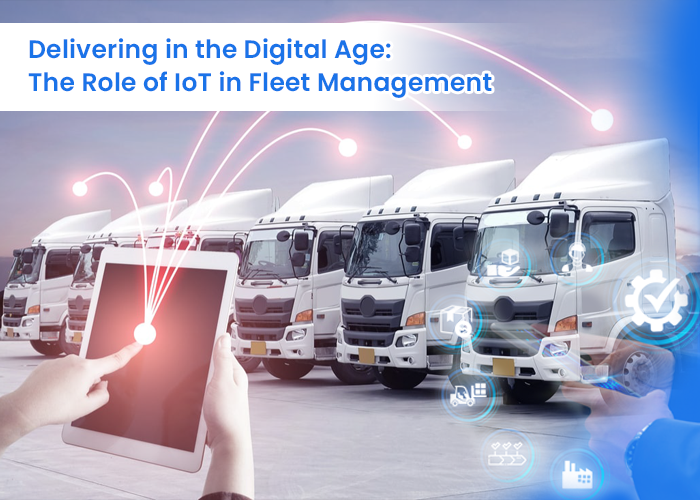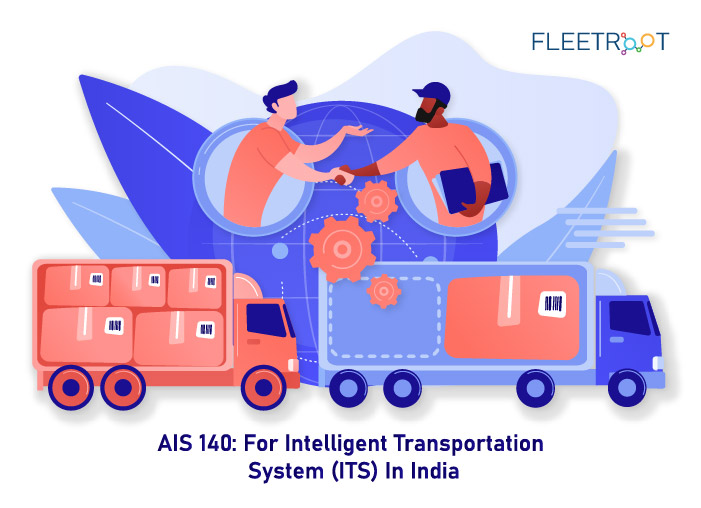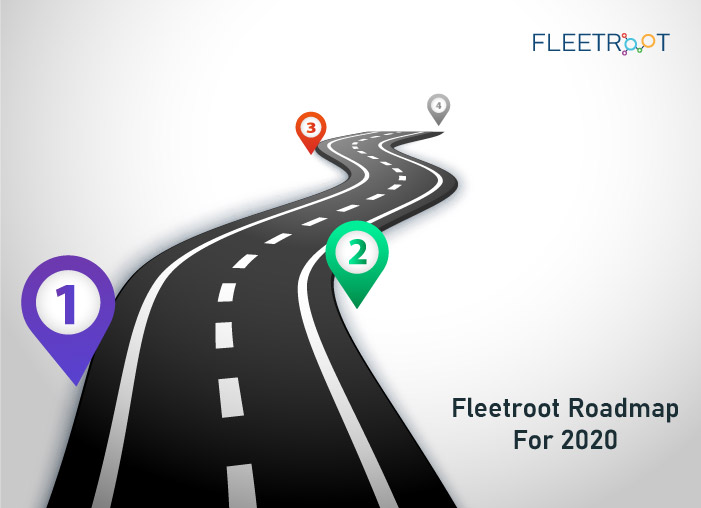The IoT, or Internet of Things, has been around for a while now, and its penetration into every aspect of our modern and technologically driven world is more than obvious. Understanding how every sphere of a business, and most importantly, one dealing with the management of deliveries, can benefit from it, is something that we at Fleetroot, encourage ardently. In this blog, we will see the use of IOT in Fleet management and last-mile deliveries, which have become indispensable realities for technologically driven businesses.
Historical development of IoT:
Before everything, let us delve into a little history of IOT and how it became this gigantic technology that has the capacity to connect and manage everything. The earliest traces of the development were found in the 1960s, when J.C.R. Licklider envisioned the creation of interconnected devices called Galactic networks where computers could be connected to each other.
Then, in the 1990s, the advancement of RFID brought the capacity for unique identification and wireless tracking of devices, allowing Kevin Ashton to coin the term “Internet of Things” in 1999. It meant that the physical world could be integrated with the digital world through sensors and devices.
Then, in the 2000s, the development of Bluetooth and Wi-Fi and then the proliferation of smart devices by the 2010s all added to the marvellous development of the technology and brought it to the position of contribution it has right now through Industrial IOT, cloud computing, and data analytics, allowing storage and sorting of data for better management. It is this capacity that Fleet management and last-mile delivery systems need to take advantage of and grow their businesses more securely, with the aim of greater customer satisfaction.
But what are the real-time benefits of employing IOT services in business? The question is simple, and the answer is even simpler, but with the potential to catapult businesses into the laps of success through efficient management. Let us look at the few services that IOT provides.
Real-time tracking:
This is a feature that is quintessential for delivery management and helps logistics companies understand the needs of their customers with respect to delivery times and locations. Fleetroot’s delivery solutions help with efficient tracking and allow customers to track their orders in real time.
Sensors:
Having real-time information on the temperature, humidity, and other important parameters can go a long way for the management of deliveries, especially in food, pharmaceuticals, perishables, and fragile goods. Fleetroot’s real-time information system helps address this basic need in fleet management.
Route Optimization:
IOT can help with analysing traffic, weather, and road conditions for a better choice of route with its integrated system. This could allow for reduced travel time, fuel management, and resource management. Fleetroot’s route optimization feature provides similar optimization options and helps in better and more efficient management of resources and time.
Vehicular Maintenance:
Understanding the repair needs and monitoring the health of vehicles is pivotal in the transportation business, and having a system in place that can do it in real time is a blessing. IOT, with its interconnectedness, can keep track of the failing health of vehicles and alert for a repair before the issue gets out of hand. Fleetroot has always advocated for efficient vehicle monitoring.
Geofencing:
IoT can help create virtual boundaries that can trigger alerts if the designated route has been avoided, allowing for better delivery management and tracking of resources. Fleetroot’s automated route planning capabilities provide for such management.
Customised Services:
IoT data can help advance personalised customer services and help customers choose delivery time windows and other sensitive services. This can help businesses understand their customers needs better and, at the same time, aim for a greater customer service experience. Fleetroot’s dynamic scheduling and customization tools strive to achieve the same goal.
Conclusion:
IoT has grown from $3.38 billion in 2016 to more than $8.28 billion by 2022, at a CAGR of 19.9% in fleet management. Businesses all around the world have employed IoT for enhanced real-time management, and last-mile delivery systems are only going to benefit greatly from it. Globally, more than 41 million fleet management systems are in place with IoT, and we at Fleetroot, work tirelessly to enhance business capacities for last mile delivery and fleet management through our advanced tools for customization, route optimization, real-time tracking systems, and many more, on the lines of the Internet of Things’ interconnectedness and real-time and remote management.



